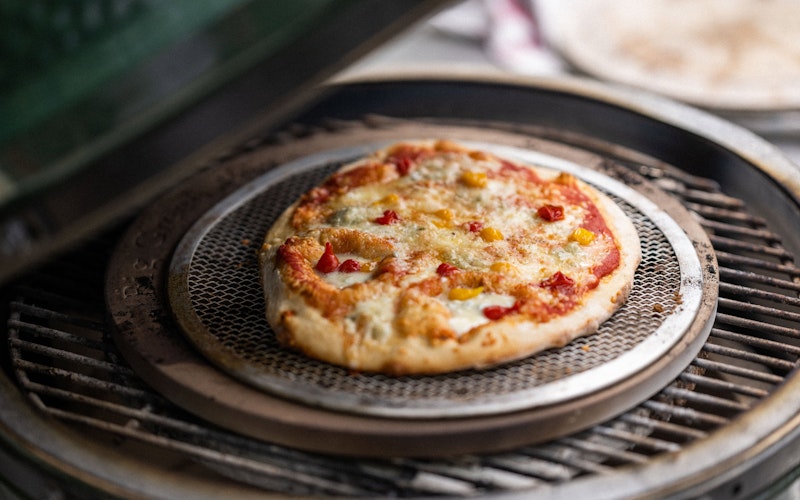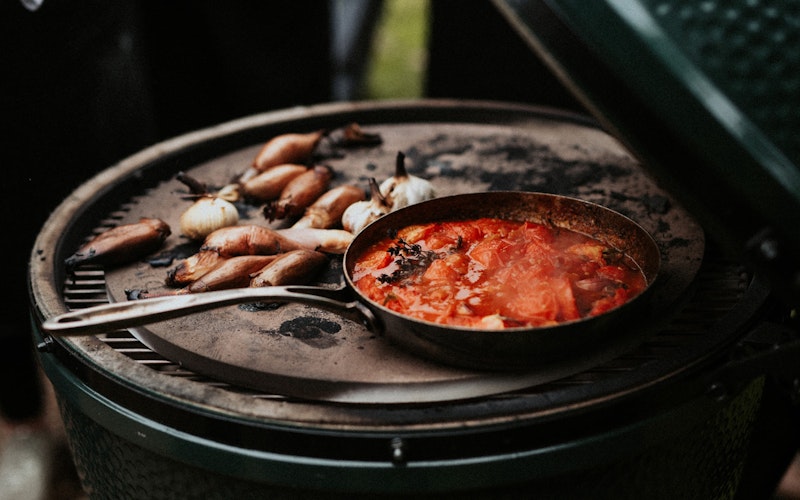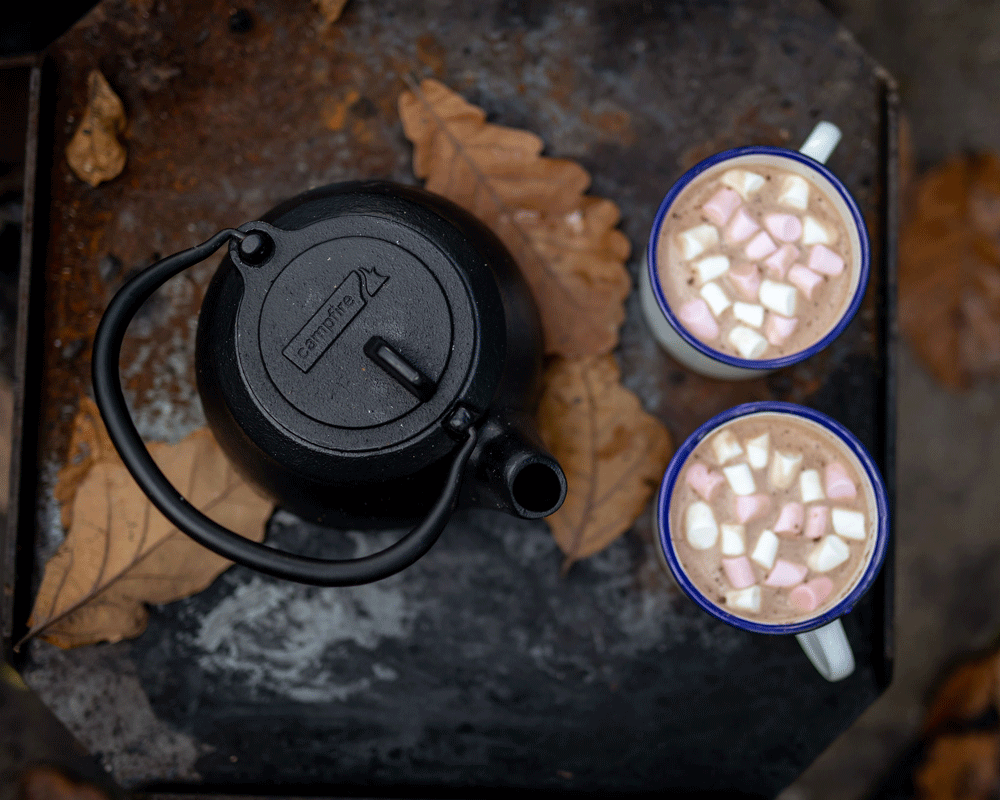For kitchen professionals seeking the perfect crust, understanding baking stone cooking times is crucial. These stones, known for evenly distributing heat, can elevate dishes from ordinary to extraordinary. As baking stones gain popularity, their correct usage becomes essential, particularly for those striving to maintain the highest culinary standards.
Whether you're new to using baking stones or a seasoned pro, mastering the nuances of baking stone cooking times can significantly enhance your kitchen outputs. Ensuring your stone is used to its full potential requires awareness of several factors, including preheating duration, type of oven, and thickness of the stone itself.
Why Baking Stones Matter
Baking stones, often called pizza stones, mimic the effects of a brick oven. They absorb heat and transfer it evenly to the item being baked. The result? A golden, crispy crust that can be the hallmark of professional pizza, bread, and even baked desserts. Understanding the interaction between the balance of heat and cooking times is vital for achieving this result consistently.
These stones are not just for pizza; they offer versatility that can be utilized in various baking scenarios. For more insights on how to use baking stones effectively, check out this comprehensive guide.
Preheating: The Foundation of Success
The first step to optimizing baking stone use is preheating. Typically, you should preheat your stone at the maximum oven temperature for at least 45 minutes. This ensures the stone reaches an optimal heat level, ready to give your bread, pizza, or pastries the much-desired crispy outer layer.
Understanding how your oven retains and distributes heat can greatly influence cooking times. Some ovens, particularly older models, may require additional preheating time. More modern convection ovens may decrease the needed time due to better heat circulation.
Choosing the Right Stone
The type and thickness of baking stones can significantly affect cooking times. Thicker stones retain heat longer and may require additional preheating, but they hold a consistent temperature, reducing the chance of cold spots. Similarly, different materials such as cordierite, ceramic, or cast iron offer varying heat retention qualities.
For those working in compact or specialty kitchens, understanding how to adapt cooking times according to stone type is crucial. Consider resources like compact baking stones for smaller kitchen spaces.
Calculating Dish-Specific Cooking Times
The type of dish is fundamental when considering baking stone cooking times. Thinner crusts like those of pizzas might require shorter cooking durations at high temperatures. In contrast, thick doughs like bread may need a longer, steadier heat to cook through without burning the edges.
Experimentation is part of the process. Keeping a log of your cooking times and results can help pinpoint the exact timing for various recipes, leading to reproducible and excellent outcomes under different circumstances. Gain insights on using baking stones optimally for tight kitchen spaces at high altitudes.
Maximizing Output: Tips & Tricks
Besides timing, other technical considerations can influence results. Here are some tips:
- Use a pizza peel to transfer baked goods to and from the stone, offering control and safety.
- Sprinkle the stone with cornmeal or flour to prevent sticking.
- Ensure the dough is at room temperature before baking to prevent it from reducing the stone's temperature.
For more tips on achieving the perfect crust, take a look at this resourceful guide.
Common Pitfalls to Avoid
Professional kitchens often operate with high efficiency. However, errors can still occur when working with baking stones:
- Over or under-preheating, which affects the final product texture.
- Not allowing the stone to cool properly between uses, which can lead to cracking.
- Using soap to clean the stone, which can result in absorbed flavors. A brush and water are sufficient.
Conclusion: Crafting Culinary Creations
Mastering baking stone cooking times can transform your baking efforts, providing consistently stellar results that stand up to professional scrutiny. Whether in a bustling kitchen environment or a personal culinary escapade, a firm grasp on these principles enriches both flavor and texture, turning ordinary dishes into gourmet creations.
For chefs seeking to expand their knowledge on baking stones' applications, explore more about their transformative potential.

FAQs
What is the best material for a baking stone?
Materials like cordierite are popular for their durability and heat retention. However, ceramic and cast iron are also effective based on your cooking needs.
Can I use a baking stone in small ovens?
Yes, many companies offer specialized sizes for smaller ovens. It's essential to measure your oven dimensions before purchasing a stone. Read more on this topic.
How often should a baking stone be cleaned?
Cleaning after each use with a brush and water is recommended to avoid oil and particle buildup. Avoiding soap helps maintain the stone's natural surface.
This article contains affiliate links. We may earn a commission at no extra cost to you.





Leave a comment
This site is protected by hCaptcha and the hCaptcha Privacy Policy and Terms of Service apply.